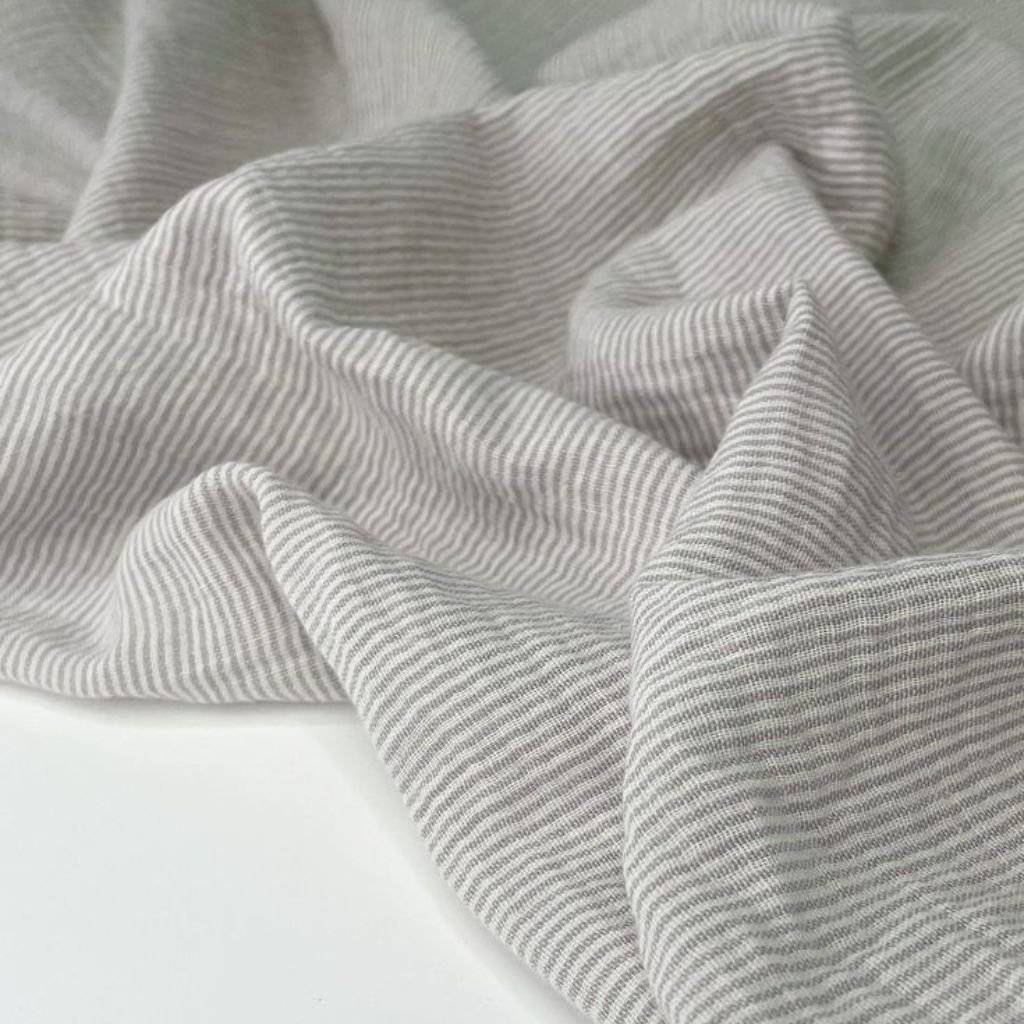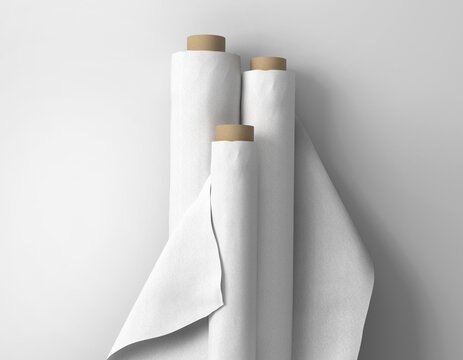Grey and white fabrics are timeless classics that form the foundation of many garments and home textiles. While these fabrics may appear simple on the surface, their production process is anything but. In this blog post, we’ll take a behind-the-scenes look at the intricate production process of grey and white fabrics, from raw materials to finished products.
1. Selection of Raw Materials
The production process of grey and white fabrics begins with the careful selection of raw materials. High-quality fibers such as cotton, linen, silk, and synthetic blends are chosen based on their desired properties and end use. These raw materials undergo rigorous testing and inspection to ensure they meet quality standards before being processed further.
2. Spinning and Yarn Formation
Once the raw materials are selected, they undergo the spinning process to transform them into yarn. During spinning, the fibers are drawn out and twisted together to create strong and uniform strands of yarn. This yarn formation stage is crucial, as it determines the strength, texture, and appearance of the final fabric.
3. Weaving or Knitting
After spinning, the yarn is woven or knitted into fabric on specialized machines. In weaving, the yarn is interlaced perpendicular to each other to create a stable and structured fabric. Knitting, on the other hand, involves interlocking loops of yarn to produce a stretchy and flexible fabric. The choice between weaving and knitting depends on the desired characteristics of the fabric, such as drape, stretch, and texture.
4. Bleaching and Mercerization
Once the fabric is woven or knitted, it undergoes bleaching to remove any natural impurities and achieve a bright white color. Bleaching agents such as hydrogen peroxide or chlorine are used to lighten the fabric and improve its appearance. In addition to bleaching, some fabrics may undergo mercerization, a chemical treatment that enhances their strength, luster, and dyeability.
5. Dyeing and Finishing
For grey fabrics, the next step is dyeing to achieve the desired shade of grey. Dyeing can be done using natural or synthetic dyes, depending on the fabric’s composition and end use. After dyeing, the fabric undergoes finishing processes such as calendering, brushing, and singeing to improve its texture, appearance, and performance. These finishing treatments enhance the fabric’s softness, smoothness, and durability, ensuring it meets quality standards.
6. Quality Control and Inspection
Throughout the production process, rigorous quality control measures are implemented to maintain consistency and uniformity in the finished fabrics. Samples are taken at various stages of production and subjected to testing for factors such as colorfastness, strength, and shrinkage. Any defects or irregularities are identified and corrected to ensure the final product meets customer expectations.
7. Packaging and Distribution
Once the grey and white fabrics have passed quality control inspections, they are packaged and prepared for distribution. Fabrics are rolled onto bolts or folded into bundles, depending on their width and length. They are then labeled, tagged, and shipped to customers or retailers for use in garment manufacturing, home textiles, and other applications.
In conclusion, the production process of grey and white fabrics is a complex and intricate journey that begins with the selection of raw materials and ends with the distribution of finished products. Each step in the process plays a crucial role in ensuring the quality, consistency, and performance of the final fabrics. By understanding the behind-the-scenes production process, consumers can gain a greater appreciation for the craftsmanship and expertise that goes into creating these timeless classics.

Peek behind the curtain and discover the meticulous process shaping grey and white fabrics.



